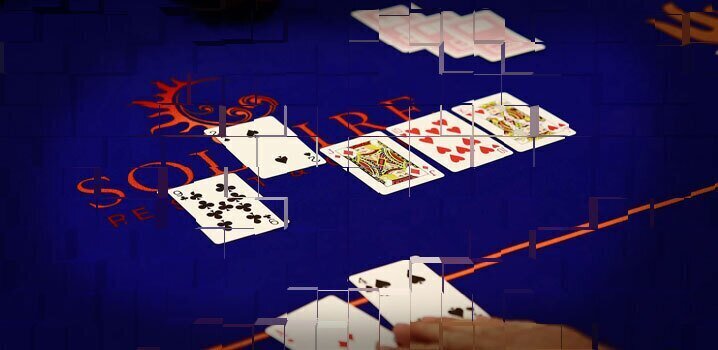How to Play Short-Handed Poker?
If you’ve been playing poker for a while, you’ve likely encountered the short-handed format, also known as “six-max.” This format is popular among players who prefer a more aggressive and fast-paced game. Whether you’re a seasoned pro or a beginner, understanding the rules and strategies of short-handed poker is crucial to your success. Here’s everything you need to know about how to play short-handed poker.
The Basics
In a six-max game, only six players can participate at a time, as opposed to a full-ring in poker game that allows nine or more players. This means you’ll be playing more hands and facing more aggressive play.
The game begins just like any other form of poker with each player receiving a set number of cards. In a six-max game, you’ll usually play with a single deck consisting of 52 cards. The winner of each hand is the player who has the best five-card hand.
Adjust Your Starting Hand Requirements
One of the first things you’ll notice in short-handed poker is that your starting hand requirements change. With fewer players, you’ll need to start playing more hands to keep up with the pace of the game. Hands that are usually weak, such as Ace-rag (Ace with any small card), now become playable in certain situations.
Position is Key
In short-handed poker, the position is more crucial than ever. With fewer players, you’ll be in each position more frequently, giving you more opportunities to make moves and apply pressure on your opponents. This makes position more important than ever, so take advantage of it whenever you can.
Aggression Is the Key
In addition to position, being aggressive is the key to success in short-handed poker. With fewer players, there is less room for error, and timid play can be easily exploited. Unless you have a surefire hand, it’s best to play each hand with aggression and force your opponents to react to you.

Short-handed poker, played with fewer players, requires adaptability and aggression. Adjust your strategy to capitalize on opponents’ weaknesses. Play strong starting hands, exploit position, and maintain an aggressive approach. When not at the poker table, enjoy the relaxing challenge of Solitaire game online for solitary entertainment.
Bluffing Can Be More Effective
In short-handed poker, bluffing can be more effective than in a full-ring game. With fewer players, your bluffs are less likely to be called, and the chances of your opponents having a strong hand are lower. However, this doesn’t mean that you should bluff indiscriminately. Be sure to pick your spots and read your opponents carefully.
Keep Your Eyes on Your Opponents
In short-handed poker, the players are more aggressive and will often play less traditionally. Keep an eye on your opponents and get a sense of their style of play. Look out for patterns, such as the players who frequently 3-bet or bet aggressively on the flop. This will help you to make better decisions in the long run.
Conclusion
In conclusion, playing short-handed poker can be a thrilling and lucrative experience if played correctly. Adjust your starting hands, take advantage of position, play aggressively, and keep your eyes on your opponents. With these strategies, you’ll be able to navigate the short-handed format with confidence and enjoy the game to the fullest.




